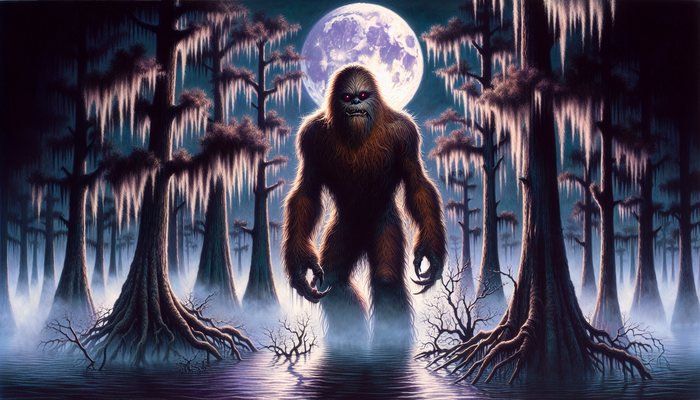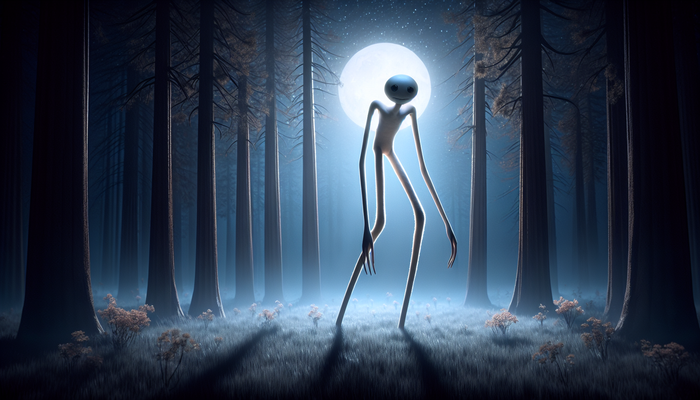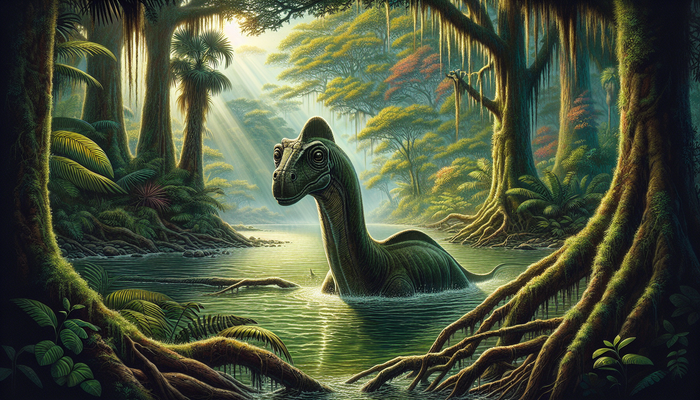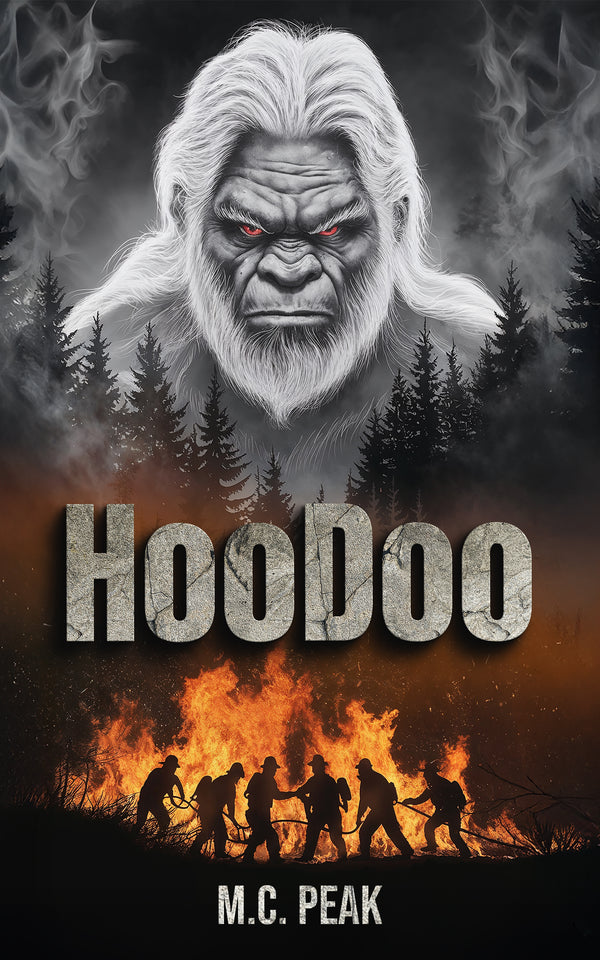Exploring the Enchanting World of Cuban Folklore Creatures: Legends and Myths
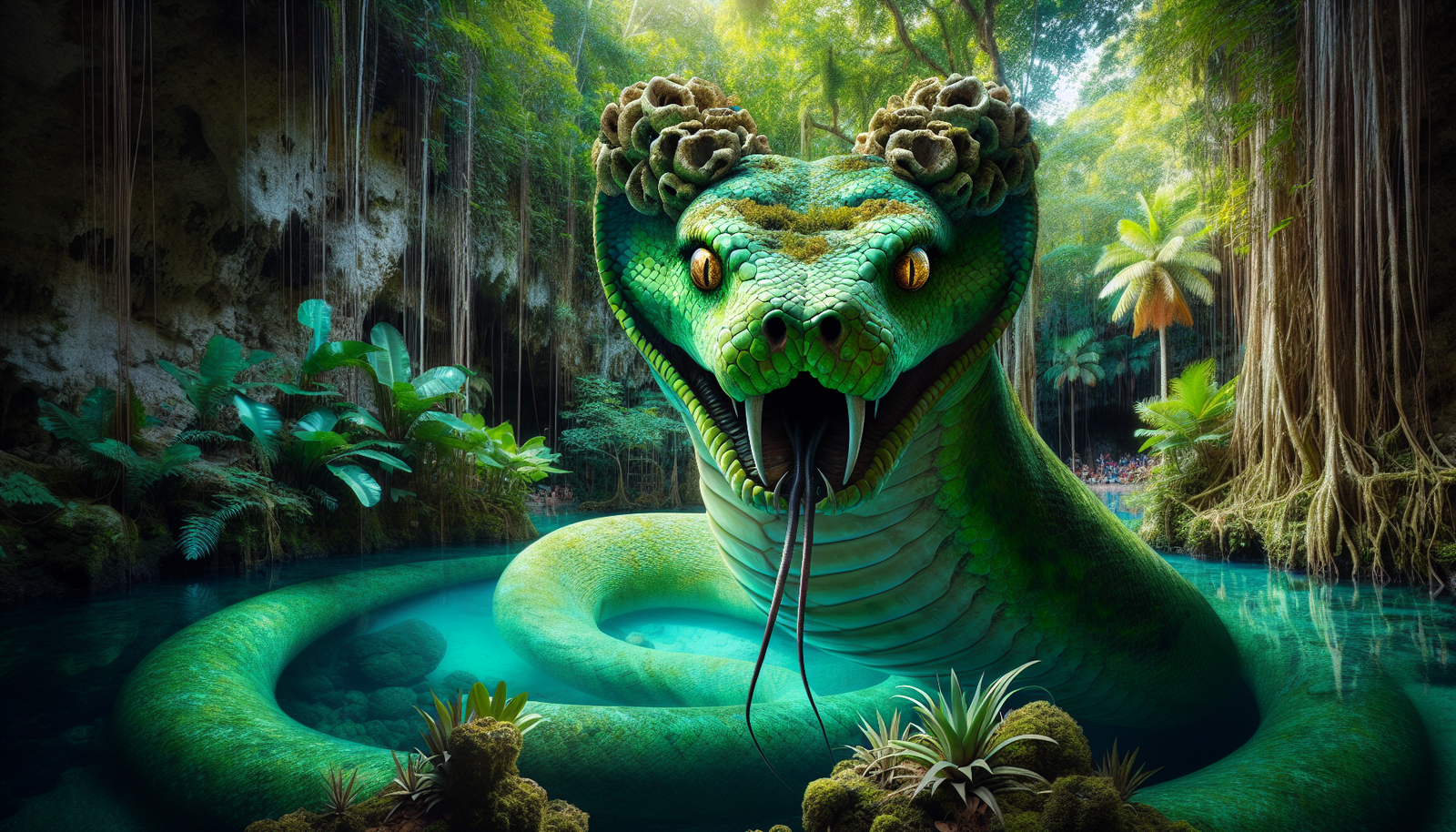
By Ava Martinez, Cryptozoologist
As a lifelong enthusiast of cryptozoology and folklore, I have always been captivated by the allure and mystique of Cuban folklore creatures. These legendary beings, born from the unique blend of Taíno, African, and Spanish influences, have woven themselves into the very fabric of Cuban culture, shaping the island's identity and heritage. In this article, I invite you to join me on a journey through the enchanting world of Cuban mythology, where we will unravel the legends and myths surrounding these fascinating creatures.
Cuba's rich tradition of folklore is a testament to the resilience and creativity of its people. Despite centuries of colonial oppression, slavery, and political upheaval, Cubans have managed to preserve their ancient tales, passing them down from generation to generation. These stories not only serve as entertainment but also as a means of transmitting cultural values, moral lessons, and the wisdom of the ancestors.
The creatures that inhabit Cuban folklore are as diverse as the island itself. From the mischievous Güije to the mighty Madre de Aguas, each being has its own unique characteristics and tales. Some are benevolent, offering protection and guidance to those who show them respect. Others are more sinister, luring unsuspecting victims to their doom. Regardless of their nature, these creatures have captured the imaginations of Cubans for centuries, inspiring art, literature, and music.
As we delve into the world of Cuban folklore creatures, it is essential to understand the historical and cultural context in which these legends emerged. The Taíno, the indigenous people of Cuba, had their own rich mythology, populated by deities and spirits associated with the natural world. When the Spanish colonizers arrived in the 15th century, they brought with them their own folklore, which included tales of goblins, witches, and other supernatural beings.
The arrival of enslaved Africans added another layer to Cuba's mythological tapestry. The Yoruba, Kongo, and other West African peoples brought with them their own deities, known as orishas, and a wealth of folklore. Over time, these various traditions blended and syncretized, giving birth to the unique pantheon of Cuban folklore creatures we know today.
In this article, we will explore some of the most iconic and intriguing creatures of Cuban folklore. We will delve into their origins, examine the legends and tales surrounding them, and consider their cultural significance and interpretations. Along the way, we will also discover how these creatures have influenced Cuban art, literature, and music, and how they continue to shape the island's identity to this day.
So, dear reader, prepare to be enchanted, mystified, and perhaps even a little frightened as we embark on this journey through the realm of Cuban folklore creatures. Whether you are a seasoned folklorist, a curious traveler, or simply a lover of good stories, I promise that you will find something to captivate your imagination in the pages that follow. Let us begin!
The Güije: Mischievous Goblin of the Waterways
One of the most beloved and enduring creatures of Cuban folklore is the Güije, a small, goblin-like being said to inhabit the island's rivers, streams, and lakes. With their playful yet unpredictable nature, Güijes have captured the imaginations of Cubans for generations, inspiring countless tales and legends.
According to folklore, Güijes are typically depicted as young black men with grotesque, exaggerated features. They are said to have:
- Bulging eyes
- Wide mouths filled with sharp teeth
- Elongated ears
Despite their unsettling appearance, Güijes are not necessarily malevolent creatures. Rather, they are known for their mischievous and capricious nature, delighting in playing tricks on unsuspecting humans who venture too close to their aquatic domains.
One of the most striking characteristics of Güijes is their incredible speed and agility. They are said to be:
- Extremely fast runners
- Agile jumpers, able to leap great distances
- Capable of scaling steep riverbanks with ease
This makes them incredibly difficult to catch, much to the frustration of those who have tried to capture them.
According to legend, Güijes spend their days sleeping in deep pools, hidden from the eyes of humans. As night falls, however, they emerge from their watery lairs to roam the riverbanks and forests, seeking out opportunities for mischief. They are known to play tricks on travelers, such as:
- Leading them astray with strange lights or sounds
- Hiding their belongings and watching with glee as they search in vain
Some tales even suggest that Güijes have the ability to shape-shift, taking on the form of animals or objects to further confuse and bewilder their victims. A Güije might appear as a log floating downriver, only to suddenly transform into a grinning, impish creature when approached. Or it might take the shape of a fish, luring a hapless fisherman into the depths before revealing its true form.
Despite their reputation for mischief, Güijes are often portrayed as sympathetic figures in Cuban folklore. They are frequently featured in children's stories and media, where they are depicted as playful, if somewhat naughty, companions. In these tales, Güijes often use their tricks and pranks to teach valuable lessons about respect, kindness, and the importance of living in harmony with nature.
In some traditions, Güijes are seen as omens of luck, both good and bad. Encountering a Güije can be a sign of impending fortune or misfortune, depending on the creature's mood and the circumstances of the meeting. A Güije might lead a lost traveler to safety, or it might cause them to stumble into a hidden pool and drown. The unpredictability of these encounters adds to the mystique and allure of the Güije in Cuban folklore.
The origins of the Güije legend are somewhat obscure, but there are several theories about how these creatures came to be:
- One popular belief is that Güijes are the spirits of unbaptized children who died before they could be welcomed into the Christian faith. Condemned to wander the earth as restless souls, these children took on the form of goblins and made their homes in the rivers and streams of Cuba.
- Another theory suggests that Güijes are tied to specific bodies of water, serving as guardians or protectors of these sacred sites. In this interpretation, the Güijes' mischievous behavior is seen as a way of testing the worthiness of those who seek to enter their domains. Only those who show proper respect and humility are allowed to pass unscathed.
Regardless of their origins, Güijes have left an indelible mark on Cuban culture. They have inspired countless works of art, literature, and music, from the surrealist paintings of Wifredo Lam to the folk tales collected by ethnographer Lydia Cabrera. In Lam's work, Güije-like figures often appear as eerie, otherworldly beings, their distorted features and elongated limbs evoking a sense of mystery and unease. Cabrera, meanwhile, recorded numerous tales of Güijes from Afro-Cuban informants, preserving these oral traditions for future generations.
Today, Güijes continue to capture the imaginations of Cubans and visitors alike. Their image can be found on everything from tourist souvenirs to street art, a testament to their enduring popularity. For many, the Güije represents the playful, unpredictable spirit of Cuba itself - a land where magic and mischief are always just around the corner.
As we move on to explore other creatures of Cuban folklore, it is worth reflecting on the enduring appeal of the Güije. Perhaps it is their impish charm, their ability to surprise and delight us even as they frighten us. Or maybe it is the way they remind us of the mysteries that lurk beneath the surface of the world, the hidden wonders that await those who are brave enough to seek them out. Whatever the reason, one thing is certain: the Güije will continue to enchant and inspire us for generations to come.
The Madre de Aguas: Serpentine Guardian of the Waters
In the rivers, lakes, and wells of Cuba, another legendary creature is said to dwell: the Madre de Aguas, or Mother of the Waters. This mighty serpentine being is revered as the supreme guardian of the island's waterways, an immortal spirit charged with maintaining the delicate balance between humans and the natural world.
According to folklore, the Madre de Aguas takes the form of an enormous snake, often described as a boa. Her size is truly awe-inspiring, with some tales suggesting that she has the girth of a palm tree. Her scales are said to be thick and impenetrable, capable of deflecting even the most powerful weapons. Most striking of all are the two horn-like protrusions that adorn her head, giving her an almost regal appearance.
As a water spirit, the Madre de Aguas is credited with maintaining the flow and purity of Cuba's rivers and lakes. She is said to have the power to control the rains, bringing life-giving water to the island's crops and forests. In times of drought, people will often make offerings to the Madre de Aguas, hoping to curry her favor and persuade her to unleash her watery blessings.
But the Madre de Aguas is not just a benevolent provider; she is also a fierce protector. According to legend, she guards the creatures that inhabit her watery domain with a ferocity that is unmatched. Woe betide any human who dares to pollute her rivers or harm the fish and other animals that call them home. The Madre de Aguas is said to have a temper as swift and terrible as a raging flood, and she will not hesitate to unleash her fury on those who transgress against her.
Indeed, the Madre de Aguas is often portrayed as an immortal being, one who cannot be killed by any earthly means. Those who have tried to slay her have met with a grisly fate, their bodies found washed up on the riverbanks, torn asunder by her powerful coils. Even the bravest of warriors and the most skilled of hunters know better than to challenge the Madre de Aguas directly.
Despite her fearsome reputation, the Madre de Aguas is not without her softer side. In some tales, she is described as a nurturing mother figure, watching over the creatures of the water with a tender, protective eye. She is said to have a particular fondness for fish, which she sees as her children. When the rivers and lakes are teeming with life, it is a sign that the Madre de Aguas is pleased and that her blessings are upon the land.
Of course, even a loving mother can have a fierce appetite, and the Madre de Aguas is no exception. According to some legends, she has been known to swallow entire calves and other livestock whole, gulping them down in a single, terrifying mouthful. For this reason, many farmers and herders in Cuba are careful to keep their animals away from the water's edge, lest they become a meal for the ravenous serpent.
The legend of the Madre de Aguas is one of the oldest and most enduring in Cuban folklore. Tales of this mighty water spirit have been passed down from generation to generation for centuries, with some accounts dating back to the early days of Spanish colonization in the 16th century. Over time, the myth has evolved and taken on new layers of meaning, reflecting the changing cultural landscape of the island.
One of the most fascinating aspects of the Madre de Aguas legend is the way it has merged with other spiritual traditions, particularly those of African origin. In Santería, the Afro-Cuban religion that blends Yoruba beliefs with Catholic iconography, the Madre de Aguas is often associated with Yemayá, the orisha of the sea and motherhood. Like the Madre de Aguas, Yemayá is seen as a powerful, nurturing figure, one who watches over her children with a fierce, protective love.
This syncretism is a testament to the resilience and adaptability of Cuban culture, which has always found ways to incorporate new ideas and beliefs into its existing traditions. By merging the Madre de Aguas with Yemayá, Santería practitioners were able to create a new spiritual framework that honored both the indigenous and African roots of the island's people.
Today, the Madre de Aguas remains an important figure in Cuban folklore and spirituality. Many people still make offerings to her, leaving flowers, honey, or coins at the water's edge in the hopes of gaining her favor. Some even claim to have seen her in person, describing a massive, serpentine form gliding through the water, her scales glinting in the sunlight.
For those who believe in her power, the Madre de Aguas is more than just a myth or a legend. She is a living embodiment of the sacred bond between humans and the natural world, a reminder of our responsibility to protect and preserve the waters that sustain us. In a time of increasing environmental degradation and climate change, the message of the Madre de Aguas feels more urgent than ever.
As we continue our journey through the enchanting world of Cuban folklore creatures, it is impossible not to be struck by the enduring power of the Madre de Aguas. Her story speaks to the deep, abiding connection between the Cuban people and the land they call home, a connection that has endured through centuries of change and upheaval. Whether we see her as a literal being or a metaphorical one, there is no denying the hold that the Madre de Aguas has on the Cuban imagination. May she continue to watch over the island's waters for generations to come.
The Chichiricú: Enigmatic Idol of Misfortune
In the shadowy realm of Afro-Cuban folklore, there exists a creature as enigmatic as it is unsettling: the Chichiricú. These small, supernatural dolls are said to be imbued with the power of sorcery, capable of bringing misfortune and mayhem to those who cross their path.
According to legend, Chichiricús are created by practitioners of Palo Mayombe, an Afro-Cuban religion that blends elements of Kongo spirituality with Catholic iconography. The dolls are said to be infused with the power of an Nganga, a type of spirit-jar that contains the remains of the dead, along with various other magical ingredients.
Once animated by the sorcerer's spell, the Chichiricú takes on a life of its own, moving autonomously and carrying out the bidding of its master. Some stories describe the dolls as:
- Skeletal figures, with exposed bones and tattered clothing
- Hairy, bestial creatures, with glowing red eyes and sharp, jagged teeth
- Bald, sexless beings, their features smooth and featureless like polished stone
Regardless of their appearance, all Chichiricús are said to emit an eerie, high-pitched sound, a sort of otherworldly chirping that sends shivers down the spine. This sound is often the first indication that a Chichiricú is near, and it is enough to strike fear into the hearts of even the bravest men and women.
From Bigfoot to UFOs: Hangar 1 Publishing Has You Covered!
Explore Untold Stories: Venture into the world of UFOs, cryptids, Bigfoot, and beyond. Every story is a journey into the extraordinary.
Immersive Book Technology: Experience real videos, sights, and sounds within our books. Its not just reading; its an adventure.



